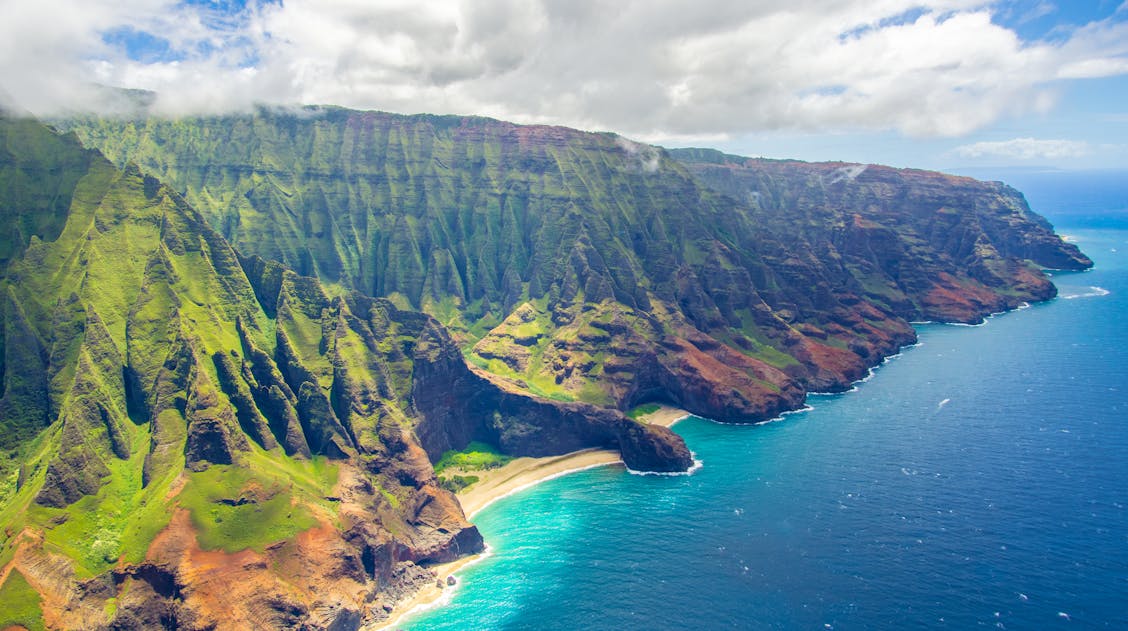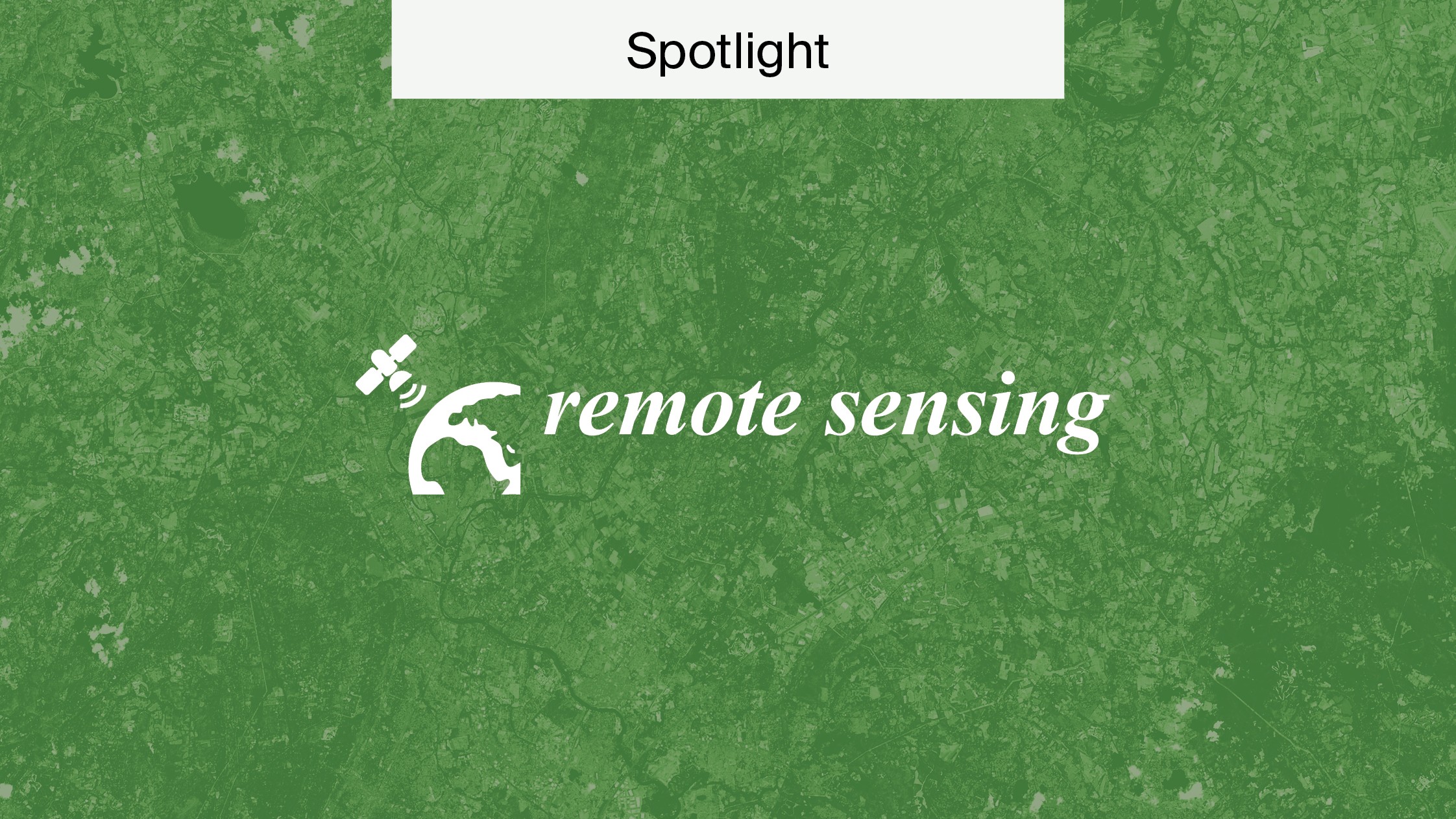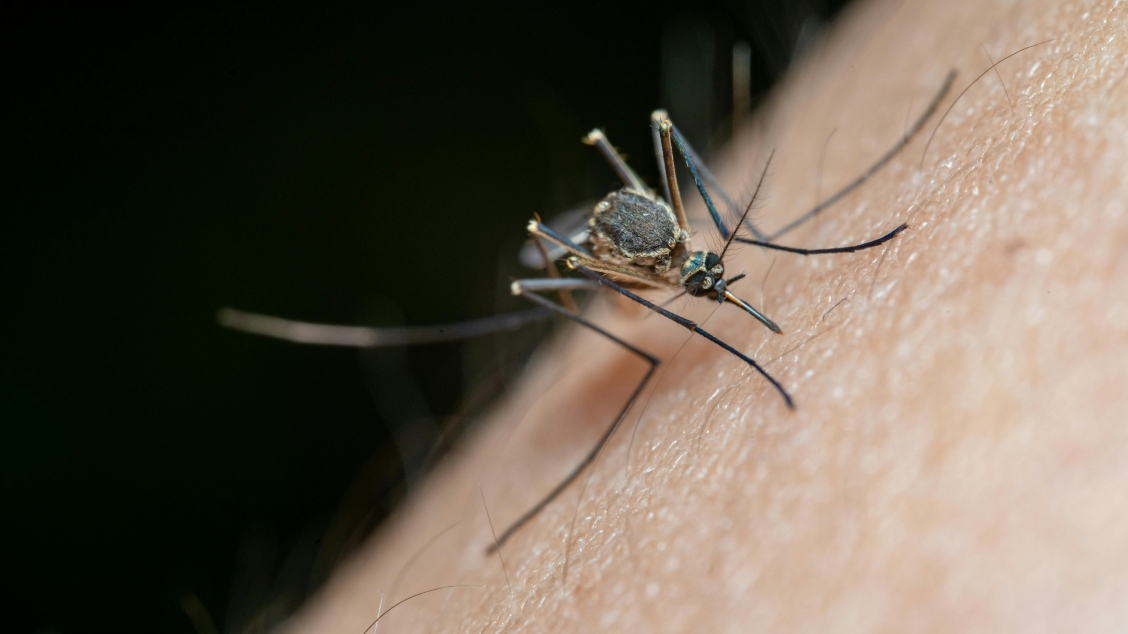
Monitoring the Impact of Sea Level Rise on Hawaiian Loko’ia
Globally, sea level rise caused by climate change is having a huge impact on coastlines. Since 1880, the global mean sea level has risen about 8–9 inches (21–24 cm). Moreover, scientists expect that by the end of the century, the global mean sea level will likely rise 12 inches (30.48 cm) above the levels in the 2000s. These estimations are expected even if greenhouse gas emissions are lowered.
The global rise in sea level is caused by a combination of glacier melting and the thermal expansion of sea water influenced by global warming. It threatens both urban areas and natural ecosystems, causing an increased risk of flooding, shoreline erosion, and hazards from storms. Moreover, the rise in sea levels increases the pressure on coastal ecosystems, which provide habitats, food sources, and protection to a variety of marine species.
A recent Open Access article published in Remote Sensing investigates the impact of sea level rise on loko iʻa, traditional Hawaiian fishponds, located along the shorelines. These coastal fishponds are not only cultural heritage sites but have also been sources of sustainable seafood for centuries. As efforts are being made to restore the loko iʻa by the community, an increase in sea levels poses a significant threat to their restoration.
Here we explore how researchers from Hawai’i are helping to increase the resilience of loko iʻa against rising sea levels.
Dangers of sea level rise in Hawai’i
Hawai′i faces a high risk of sea level rise because it is close to the equator and impacted by global warming. Experts predict that Hawai′i will experience rates of sea level rise 16 to 20% higher than the global average. Because of this, there is an elevated probability of the U.S. state being affected by flooding, coastal erosion, and extreme weather events. This elevates the danger of damage to cultural sites and marine ecosystems.
Historically, coastal loko iʻa were of cultural importance and a main source of food for Hawaiians. However, the use of loko iʻa has diminished significantly in the last century due to a variety of reasons. This includes the westernisation of the island and extreme weather and geological events such as tsunamis and lava flows.
Loko iʻas and sustainability
Restoring loko iʻas in Hawai’i not only reconnects local communities with their heritage but also provides the residents with a local food source. Hawai’i is 2,500 miles away from the mainland U.S. Due to its location in the Pacific Ocean, 85 to 90% of its food is imported. Reinstating loko iʻas to cultivate fish is a sustainable way to reduce food imports. In addition, it allows Hawaiians to have access to local food all year round. Additionally, it encourages community-based economic development by providing opportunities to sell a range of seafood.
Using drones to monitor the impact of sea level rise on loko iʻas
The researchers who recently published in Remote Sensing are supporting the restoration of loko iʻa along the Eastern Keaukaha Coastline on Hawai‘i Island. They used drone technology to investigate how sea level rise may impact the fishponds
“Loko iʻa are examples of how our kūpuna have adapted to changes in climate for generations, and we want to contribute towards their resilience and perpetuation by integrating modern technology.” – Mr. Kainalu Steward, author on paper.
They utilised uncrewed aerial vehicles (UAVs) to map flooding during the 2023 summer king tides as a proxy for the projected 2060–2080 global mean sea level. King tides are the highest astronomical tides of the year. They generally occur in the months where the Earth is closest to the Moon.
The researchers conducted surveys and determined that by 2060 the average sea level along the Keaukaha coastline in Hilo will be similar to the king tides during the summer of 2023. Because of this, they devised a plan that would monitor the impact of the king tides in 2023. They did this to understand how sea level rise may affect the loko i’as in the future. Additionally, they used in situ water sensors to monitor the water temperature and level in the loko iʻas.
“One of the goals of this project is to increase the capacity of Native Hawaiian students to assess and evaluate the impacts of sea level rise upon cultural resource sites.” – Professor Haunani H. Kane, author on the paper.
The main goals of the study were:
- To support fishponds and their stewards with updated digital elevation models (DEMs), which can be used to detect flooding. These maps can be used to better plan and protect the ponds from future flooding.
- Identify the areas flooding during king tide from drone images.
- Compare observed flooding areas using DEMs.
Results
The researchers conclude that there is a lot of potential for using UAVs as a modern tool to access flooding and sea level rise impacts.
“We discovered that drones are effective and cost-efficient tools for mapping loko iʻa at the community level, providing kiaʻi loko iʻa with better insights into the timing and locations of flooding and future sea level rise impacts on their fishponds.” – Mr Steward
They explain that it has great value in supporting indigenous practices to adapt to the issues that come along with climate change. Additionally, they note that monitoring the water level at each site using local in situ water sensors gives those maintaining and managing loko iʻas greater insight into tidal influences and their relation to different loko iʻa types. Furthermore, they stress the importance of finding innovative ways to protect and cultivate loko iʻas from modern-day problems.
“This research is important for enhancing coastal community adaptation, resilience, and food security in the face of climate change,” said Brianna Ninomoto, author on the paper. “This work was ultimately done to support loko iʻa practitioners along Keaukaha and the future management of their ʻāina as the impacts of flooding become more severe.”
If you would like to read more or submit research on how drones can be used to protect cultural heritage, please see our Special Issue in Remote Sensing: The Use of UAV Platforms for Cultural Heritage Monitoring and Surveying.










